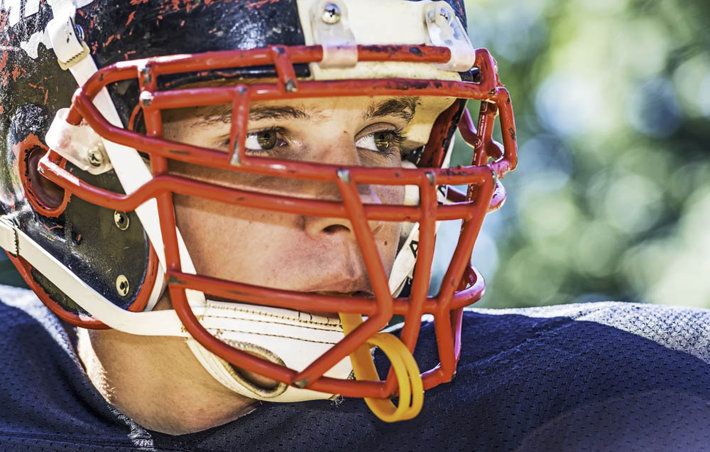Survey Says High School Athletes More At Risk for Prescription Abuse

America is waking up to the fact that our nation has a serious problem with prescription drug abuse. Painkillers such as Vicodin and OxyContin, powerful medications once reserved to provide relief for cancer patients and those with terminal illnesses, are now among the most commonly prescribed drugs. These shockingly addictive drugs are now killing more people every year through overdose than both heroin and cocaine combined. In addition to the approximately 17,000 Americans who now die annually from painkiller overdose, several hundred thousand more are suffering from problems with abuse and addiction to the medications.
Painkiller addicts come from all walks of life, but a recent study published in the Journal of Child & Adolescent Substance Abuse reveals that some of those most at risk for getting hooked on pain pills are high school athletes.
The study involved an analysis of survey responses provided in 2009 by around 2,300 high school seniors. This survey was sponsored by the National Institute on Drug Abuse, and it included questions about the gender, race and athletic activities of each student. Survey respondents included football players, as well as high school athletes who participated in a broad range of other sports including baseball, soccer, basketball, track and field, swimming and diving.
One of the key findings of the survey was that the athletes were more commonly using drugs than their peers; another was that boys were more likely to be drug users than girls; white students were more commonly drug users than Hispanic or black students. Finally, it was found that football players led their peers in terms of drug use. The students reporting using a range of drugs including common street drugs, but one of the disturbing trends found by the survey was that more and more young people are now abusing prescription drugs including painkillers.
“If prescription pain relievers are overprescribed in certain regions, their use may trickle down to adolescents,” said Bryan Denham, a leading researcher into the use of drugs in sports, and the author of the recent study. “Use of narcotic pain relievers may become a habit with some adolescent athletes.”
Why High School Athletes Get Hooked on Painkillers
According to the survey, 12% of the boys and 8% of the girls admitted to abusing painkillers including codeine and morphine, figures which represent an increase over previous years. Unlike many other drugs, the students who are using painkillers are not typically getting their pills from a drug dealer. Instead many of them are getting the drugs after being prescribed by a doctor.
A sports injury will often see the student being given a prescription for Vicodin, OxyContin or another common opioid painkiller. Under normal conditions, patients get addicted to their pain medications at an alarming rate, but giving these drugs to teenagers is asking for trouble. A high school athlete who starts taking painkillers is liable to get hooked easily after becoming dependent on the drugs for relief. Not only can they take away the pain of an injury, but they can also cause euphoria, a welcome escape from the stress that teenagers typically feel.
This recipe for disaster is particularly potent among high school athletes such as football players, who are often under intense pressure to perform on the field as well as in the classroom. Another factor that tends to aggravate the situation is the common tendency among young people to get high as a way to cut loose, rebel against authority or prove themselves socially, and a student with a prescription for pain pills may see this as an easy way to a powerful high. Additionally, there is the fact that the brain of a teenager is not yet fully developed, and is vulnerable to changes caused by drug use.
Opioid drugs such as painkillers and heroin cause their effects by interfering with the natural chemistry of the brain, and this disruption can have a lasting impact on the brain of a young person, especially with prolonged use. The trend of increasing painkiller abuse by football players and other high school athletes is certainly alarming, and it must be turned around to protect the future generations.


 ®
®